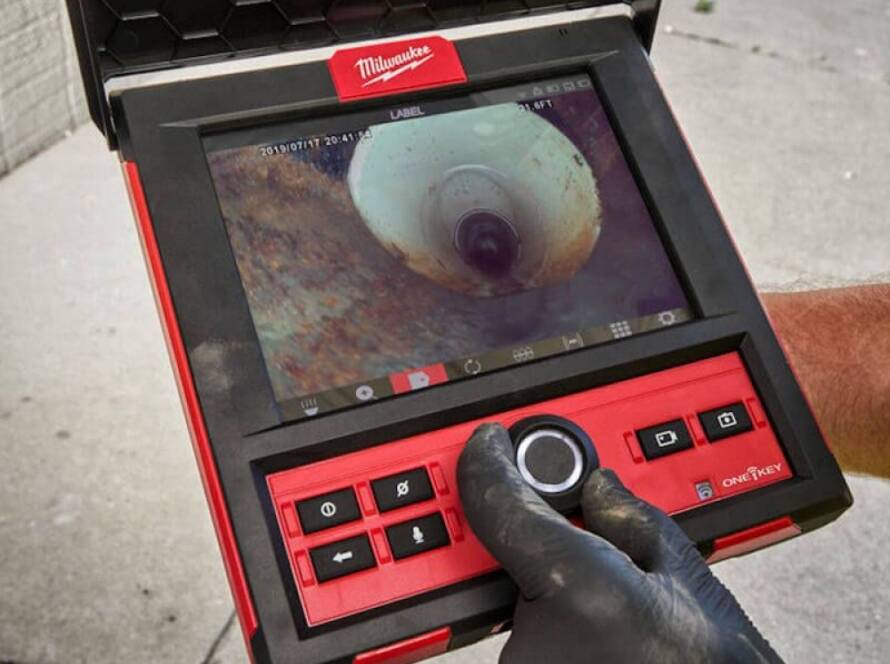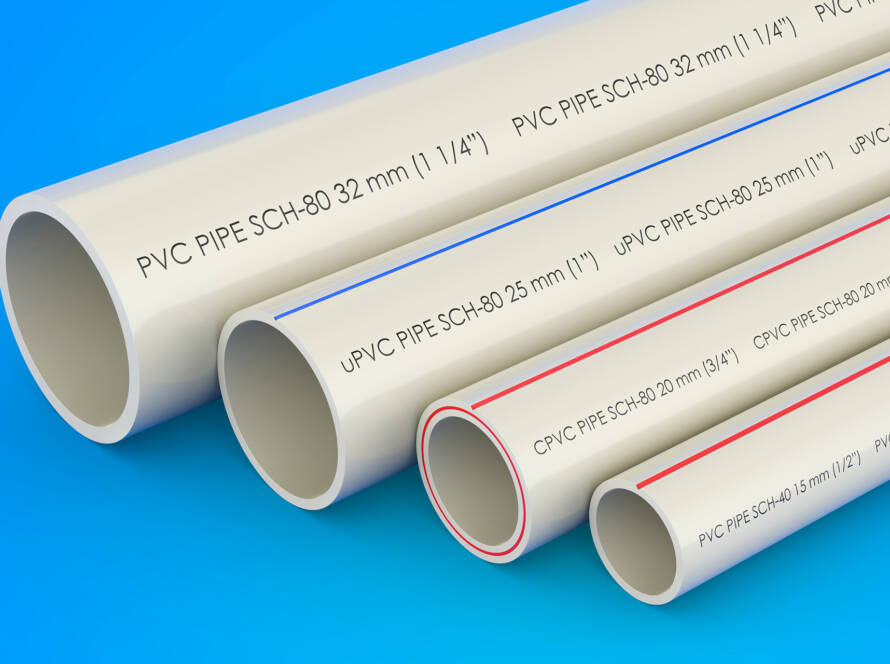| Factor | Typical Repair | Typical Replacement |
| Cost Estimate | $180 to $391 (national average ~$271) | New toilet + installation might cost $400 to $700 or more (or higher depending on model and complexity) |
| What’s Fixed / Changed | One component: flapper, fill valve, wax ring, flush parts, handle, etc. | Entire unit (bowl + tank) plus all seals, possibly flange or base issues |
| Lifespan Extension | Might last several more years, depending on condition | You get a fresh start — expected lifetime of new unit (15–20+ years) |
| Water Efficiency / Savings | You keep whatever efficiency the existing toilet has | You can upgrade to a high-efficiency or WaterSense model and save water long-term |
| Water Use / Efficiency Gain | Minimal — you don’t change the flush capacity | Old toilets (pre-1994) could use 3.5–7 gallons per flush; modern ones must use ≤1.6 gpf, and many WaterSense models use ≤1.28 gpf |
| When Structural Damage Exists | Not feasible — cracks, damaged base/flange, or unstable mounting can’t reliably be “repaired” | Replacing avoids recurring leaks or damage beneath/around the toilet |
| Cost-Benefit Over Time | Cheaper in the short term | Better value long term if repairs accumulate or efficiency savings pay off |
📊 Sample Water & Cost Savings Data
- Toilets made before 1982 often used 5 to 7 gallons per flush; modern low-flow/WaterSense units use 1.28 gpf or less
- Because toilets are a big part of indoor water use, upgrading to a WaterSense unit can reduce water consumption and utility bills significantly (US EPA)
- One saving estimate: if your old toilet used 3.5 gpf, switching to a 1.6 gpf model can save gallons each flush. (There are calculators from plumbing suppliers showing annual water and dollar savings based on number of people flushing, water price, etc.)
✅ How to Decide: Replace or Repair
- If repair cost is more than 50% of a good new toilet + installation, replace.
- If your toilet is older (15+ years), inefficient, or has structural issues (cracks, unstable base, repeated leaks), replacement is likely the smarter long-term choice.
- If you want better water efficiency, modern design, improved flushing, or a fresh look, replacement gives more benefits.
For minor issues like a worn flapper, fill valve, or handle — repair is almost always cheaper and appropriate.




